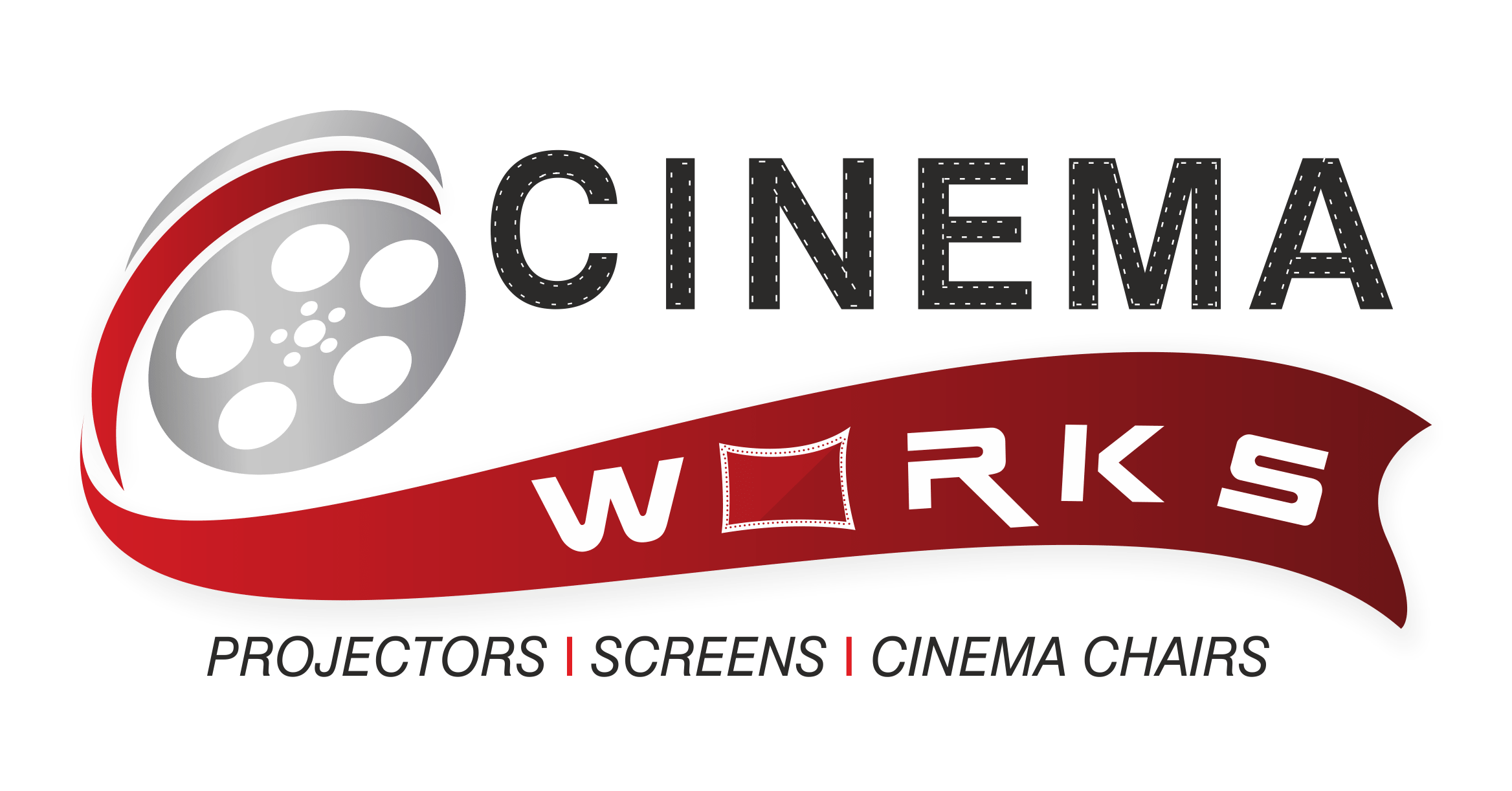The Rise of Laser Projection: Brighter, Sharper Images
Laser projection is rapidly becoming the standard in high-end cinema. Unlike traditional Xenon lamp projectors, laser systems offer significantly improved brightness, contrast, and color accuracy. This translates to a more vibrant and immersive viewing experience, with deeper blacks and more lifelike colors. The longer lifespan of laser projectors also reduces maintenance costs and downtime for cinemas. We’re seeing the adoption of RGB laser projectors, capable of delivering a wider color gamut than ever before, bringing incredible realism to the big screen.
Immersive Audio: Beyond Surround Sound
The audio experience is just as crucial as the visuals. While Dolby Atmos has become a familiar name, the next generation of immersive audio technologies are pushing the boundaries further. We are seeing advancements in object-based audio, allowing for more precise placement and movement of sounds within the 3D soundscape. This creates a more realistic and engaging auditory environment, enhancing the emotional impact of the film. Expect to see continued development in this space, with technologies focusing on higher fidelity and more personalized audio experiences tailored to individual seating positions.
Screen Technologies: From Traditional Screens to the Next Level
The screen itself is undergoing a revolution. While traditional silver screens remain popular, we’re seeing the emergence of new materials and designs aimed at improving brightness, contrast, and viewing angles. Screen technologies like laser-phosphor screens are gaining traction, offering improved light reflection and reduced glare, resulting in a clearer and brighter image. The development of curved screens and even screenless projection is pushing the boundaries of what’s possible, offering truly immersive cinematic environments.
4DX and Beyond: Sensory Experiences Take Center Stage
4DX and similar technologies are transforming the movie-going experience beyond just sight and sound. These systems incorporate motion seats, environmental effects like wind, water, and scent, to create a fully immersive sensory experience synchronized with the film’s action. While 4DX has established its presence, expect further innovations in haptic feedback technology and more sophisticated environmental effects to enhance these types of interactive cinemas further. The future is likely to include even more nuanced and personalized sensory experiences.
High Frame Rate (HFR): Smoother, More Realistic Motion
High frame rate (HFR) projection is another significant development. While still in its relative infancy, HFR offers smoother and more realistic motion compared to traditional 24 frames per second (fps). This can reduce the “stutter” effect often seen in action scenes, resulting in a more comfortable and engaging viewing experience. The challenge remains in the production of films shot at higher frame rates, but the potential for improved visual clarity is undeniable.
The Future of Cinema: A Glimpse Ahead
The cinema industry is constantly evolving, driven by technological advancements and audience demand for increasingly immersive and engaging experiences. The trends discussed here represent a snapshot of the current landscape, and we can expect even more radical changes in the years to come. The integration of artificial intelligence, virtual reality, and augmented reality technologies could completely redefine how we experience movies, leading to personalized content, interactive narratives, and unprecedented levels of immersion.
